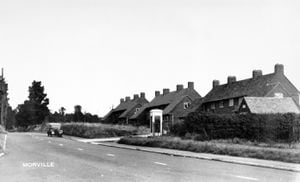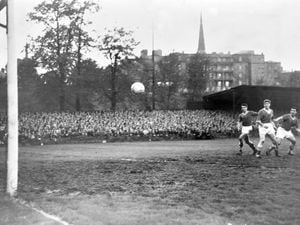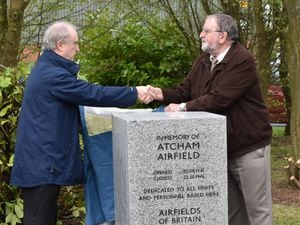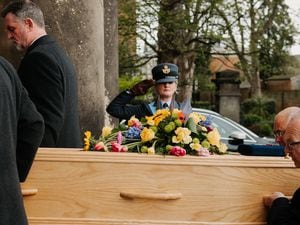Concrete answers to Morville phone box poser
Tim Roberts has answered the call in our quest for more information about Morville's white – cream, it turns out – phone box of yesteryear.

Our undated postcard view, which looks to be around 70 years old or more, shows a village phone box by the roadside which is plainly not painted in the familiar red of the iconic kiosks which have now largely been superseded.
The postcard came from the collection of Ray Farlow of Bridgnorth, who was contacted by Tim after we published the photo.
Tim emailed him to say: "I have just been looking at your postcard in the Shropshire Star and to me it looks like a K3 phone box introduced in 1929 as a cheaper version of the K2.
"The reason it was cheaper was because it was made of concrete, hence the colour.
"The K2 was metal and very heavy and expensive to produce.The K3s were slightly smaller and didn't last too long as they eventually cracked, but many thousands of them were produced to enable the spread of the public phone system to remote areas.
"The colour was also acceptable in rural areas in the days when we were more sensitive about visual pollution of roadside furniture and signage."
According to a website devoted to telephone boxes, the K3 was painted a cream colour but with red glazing bars, and 12,000 were installed nationwide in six years between 1929 and 1935.
"They are exceptionally rare. The total number known surviving is two – a K3 found at London Zoo's Parrot House, with Grade Two listing status from English Heritage, and in Scotland, at Rhynd near Perth," it says.
It says the finish of the K3 was fairly crude, and they were often damaged in transit for installation as the concrete proved fragile and weathered too easily.





